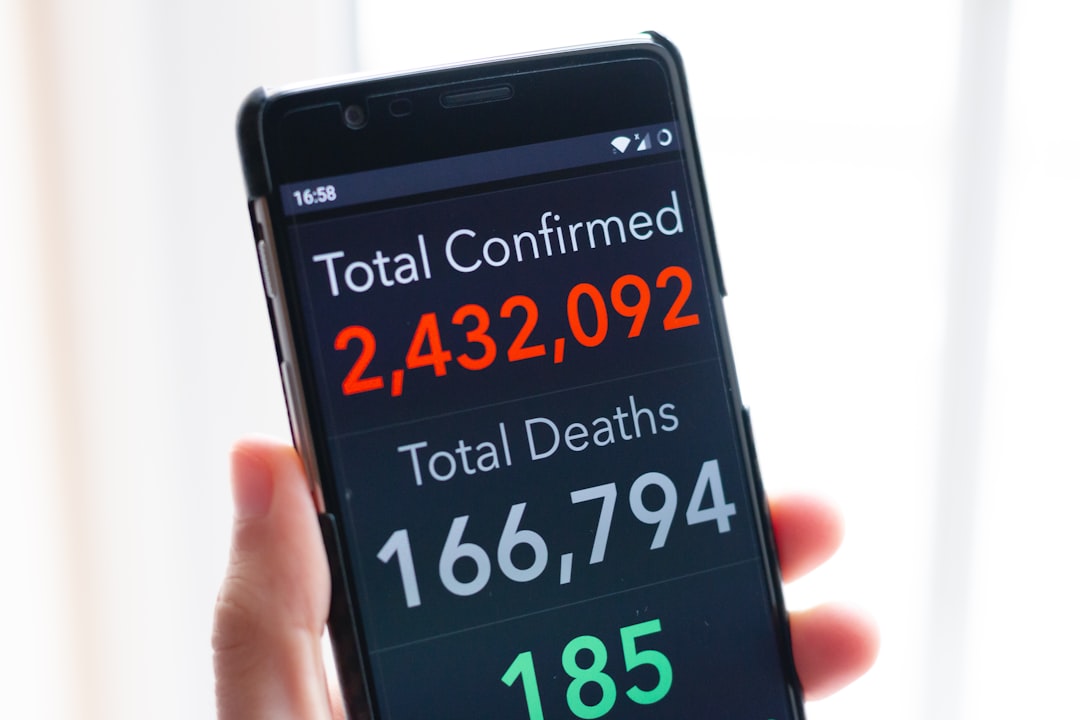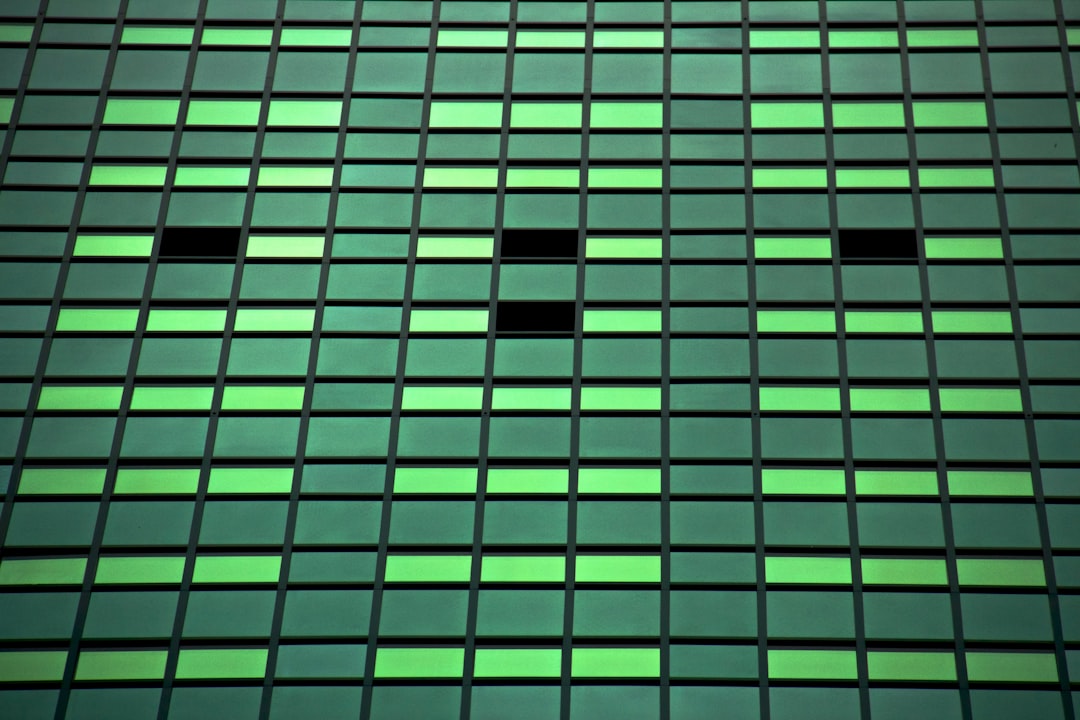What is it about?
Quantum dots (QDs), also known as nanoscale semiconductor crystals, are nanoparticles with unique optical and electronic properties such as bright and intensive fluorescence. Since most conventional organic label dyes do not offer the near-infrared (.650 nm) emission possibility, QDs, with their tunable optical properties, have gained a lot of interest. They possess characteristics such as good chemical and photo-stability, high quantum yield and size-tunable light emission. Different types of QDs can be excited with the same light wavelength, and their narrow emission bands can be detected simultaneously for multiple assays. There is an increasing interest in the development of nano-theranostics platforms for simultaneous sensing, imaging and therapy. QDs have great potential for such applications, with notable results already published in the fields of sensors, drug delivery and biomedical imaging. This review summarizes the latest developments available in literature regarding the use of QDs for medical applications.
Featured Image
Perspectives
It is clear that QDs have great potential for applications in areas such as drug delivery, sensors and bio-imaging. In order to see QDs realistically translated in clinical applications, several issues still need to be addressed, such as overall toxicity, body clearance, synthesis protocol scalability, environmental impact, manufacturing costs and so on. By combining QDs with other types of nanoparticles and/or biological active molecules, theranostic platforms are constantly being developed. This review summarizes the latest developments available in literature regarding the use of QDs for medical applications.
Flaviu Tabaran
University of Minnesota System
Read the Original
This page is a summary of: Quantum dots in imaging, drug delivery and sensor applications, International Journal of Nanomedicine, July 2017, Dove Medical Press,
DOI: 10.2147/ijn.s138624.
You can read the full text:
Resources
Contributors
The following have contributed to this page










